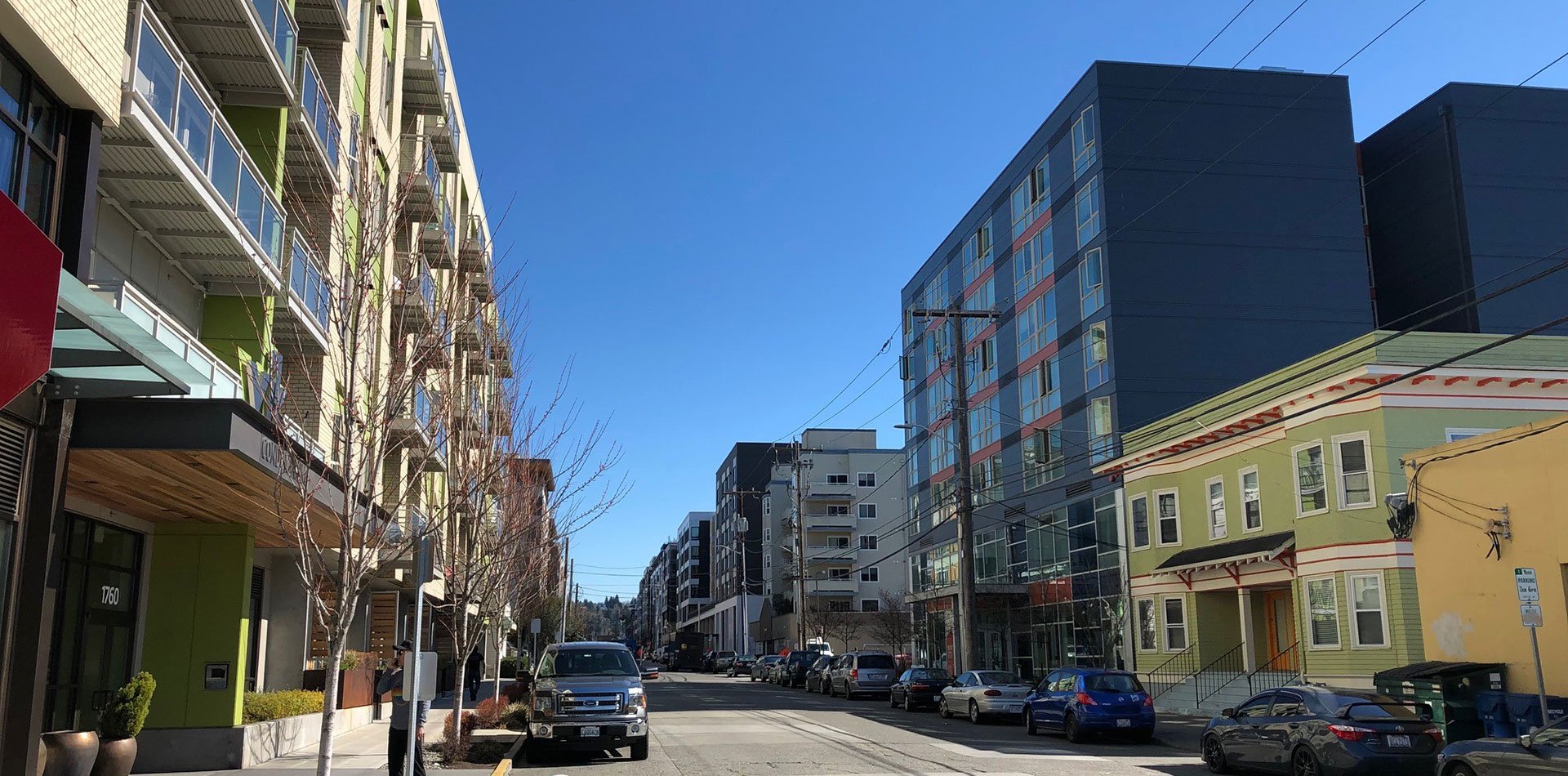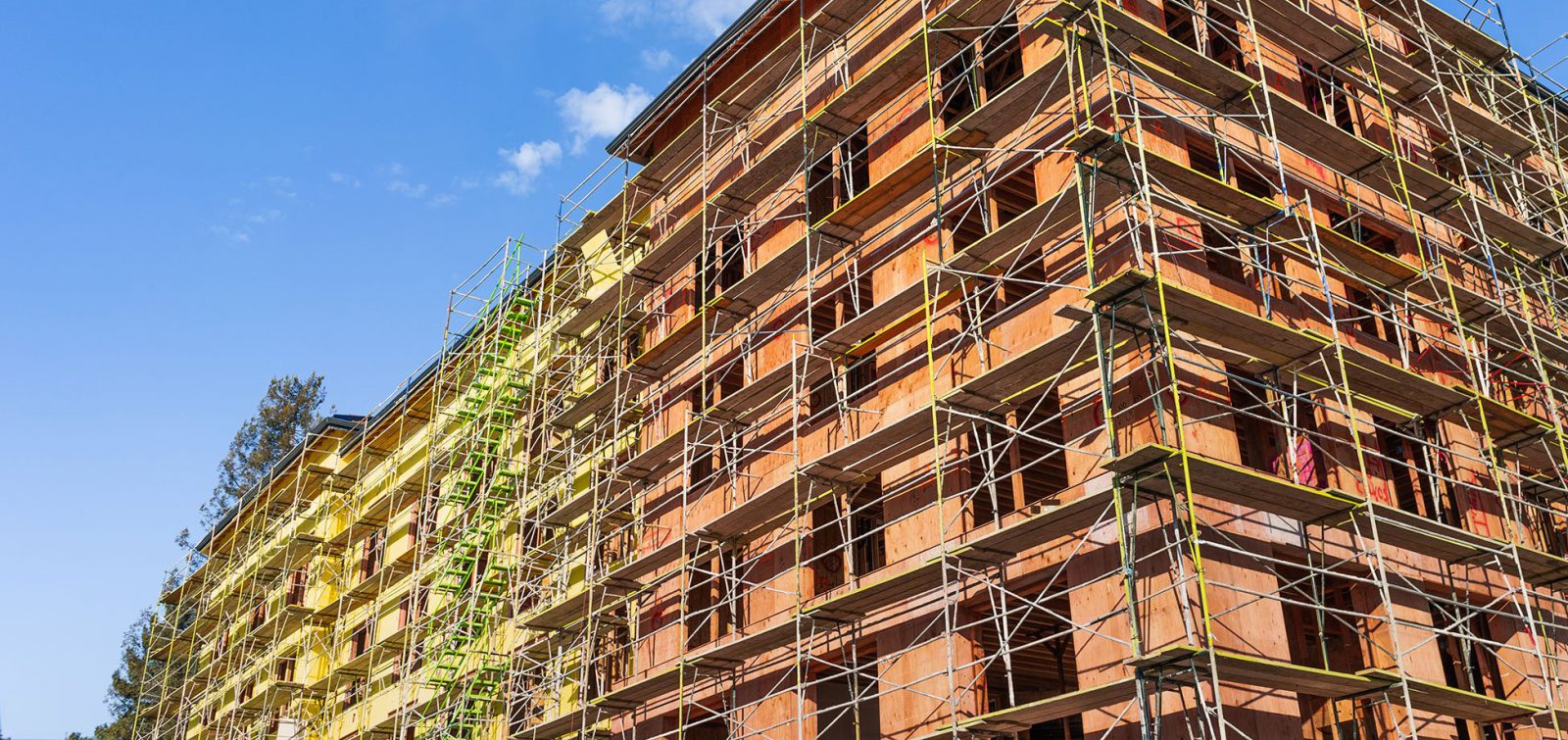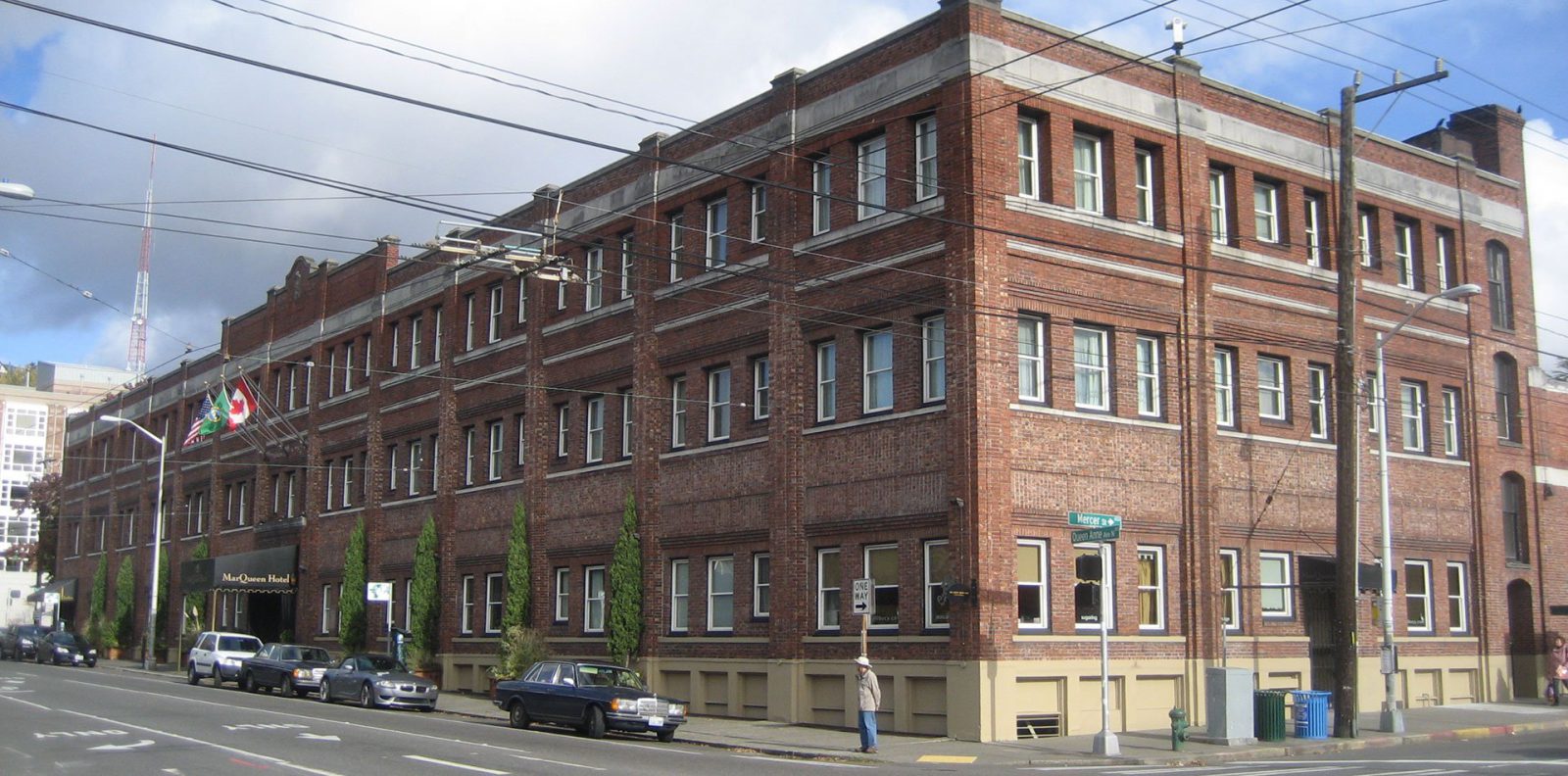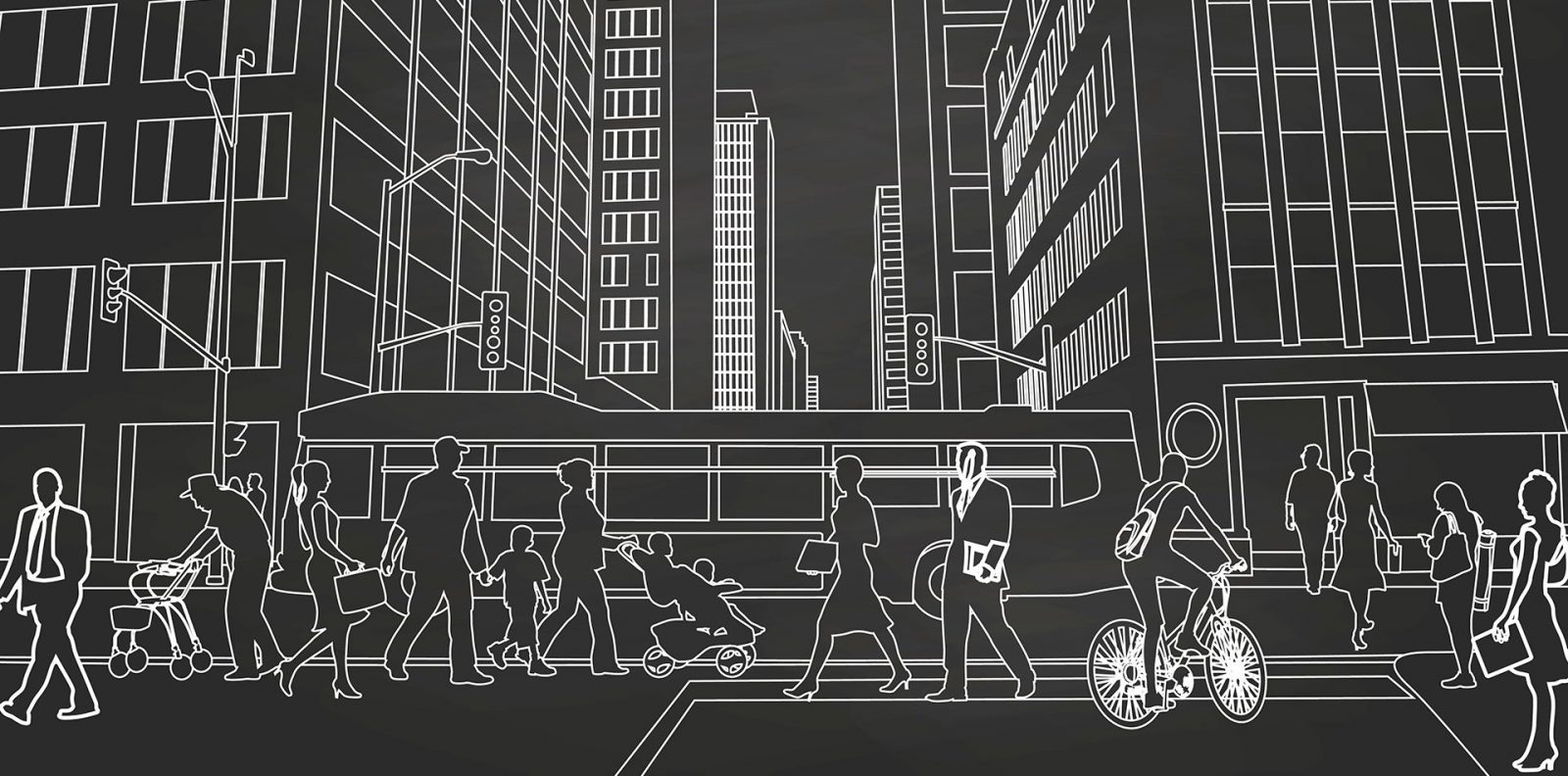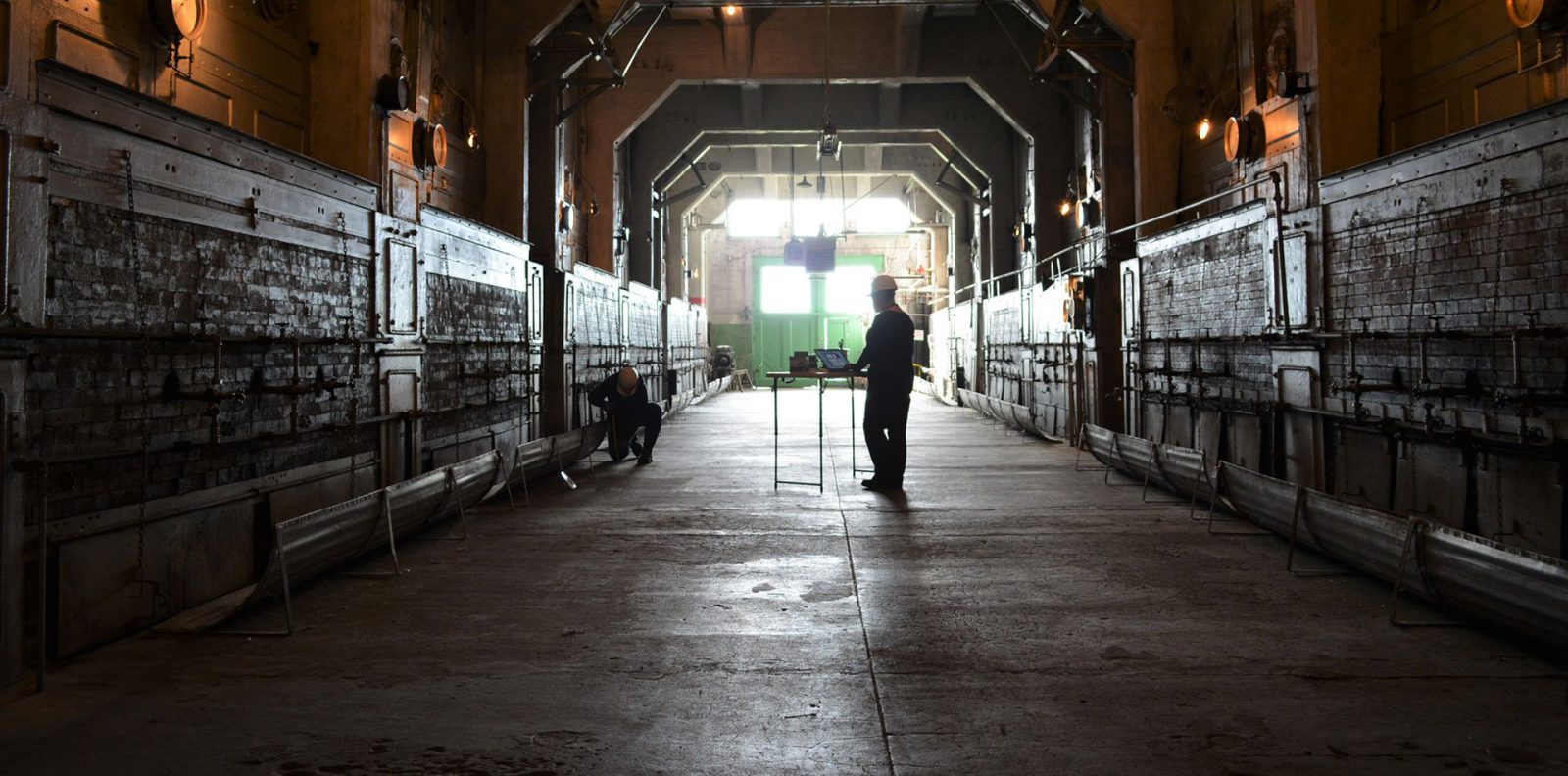In a fast-growing city, strong economic growth and demand for leasable floor area compete directly with affordable space for seniors, students, artists, and service workers. While a city is created by buildings, people are what anchor a community.
Ranked by Forbes.com as the second-fastest growing city in the United States in 2018, Seattle has been trying to balance immense needs for more housing, housing affordability, and protecting economically disadvantaged communities. All of this while trying to preserve the physical character of the neighborhoods that makes Seattle…Seattle.
Seattle became famous over the last decade for rapid growth and high-tech jobs. From 2010 to 2017, the population within city limits grew by 116,000, or about 19 percent, but only about 32,000 housing units were added in that timeframe. Rent for a one-bedroom apartment doubled. Median family incomes grew by 22 percent, to $121,000, driven by a large increase in families with incomes over $200,000. Middle- and lower-income families were squeezed out of housing by high rents, rising property taxes, and redevelopment.
The City of Seattle responded with a proposal to require affordable housing with new development, either in new rent-restricted units or through a fee program. To avoid dampening the robust housing market, Seattle’s proposal also increases development potential by increasing the allowable height in commercial and multifamily zones citywide, rezoning several hundred acres of single-family zoning to multifamily zoning and increasing allowable density in certain single-family areas. This sweeping Mandatory Housing Affordability (MHA) proposal has not been without controversy.
To meet its duties for Washington’s State Environmental Policy Act (SEPA) environmental review, the City prepared a programmatic Environmental Impact Statement (EIS) for the MHA program. ESA assisted the City with key elements of that review, including air quality, biological resources, parks and open space, public services and utilities, and cultural resources. We originally shared this news a year ago in the story “Growth, Zoning, and Their Effects on Neighborhoods.” Since completing the EIS, we found two key issues that were central to an administrative appeal of the EIS: the effects on tree canopy coverage and the effects on historic buildings and districts.
Tree Canopy Coverage
Trees provide wildlife habitat, air quality benefits, cool respite in the urban heat island, an element of beauty and nature to a city street, and more. Trees are viewed as shared visual resources, integral to the character of a place, regardless of whether they are on public or private land. Opponents of MHA feared the proposal would increase the loss of tree canopy by encouraging bigger buildings and more of them. In actuality, MHA increases development capacity mainly through allowing taller buildings, not larger footprints, with the exception of a small area of single-family zoning where reduced lot sizes would be allowed.
MHA is also calibrated to provide just enough additional capacity to cover the cost of meeting the affordability requirement, meaning it would not likely change the economics much for any given site. This means that the sites slated for development have previously been deemed feasible for such development.
Finally, the preferred alternative for the MHA program would not apply to the most sensitive sites, such as steep slopes and wetland areas, where vegetation retention is a priority. By quantifying these aspects of the MHA program through geospatial analysis, our assessment demonstrated that tree canopy loss would be minor, between 0.7 and 3.6 acres citywide, in a city with almost 15,000 acres of tree canopy.
Historic Buildings and Districts
Another element that offers a sense of place in a community is the historic character of its buildings. Even in places with modest architecture, when structures have remained unchanged for decades, community identity can be strongly tied to those structures. Although the number of lots that might redevelop directly as a result of MHA was modest, the scale and character of the new buildings would still both displace and contrast with the existing character. ESA’s analysis shed a light on where those impacts would likely be most pronounced and identified a number of ways that these impacts could be reduced, especially in places that may be eligible for historic district designation. From funding for retrofitting unreinforced masonry buildings, to historic inventories and proactive landmark nominations, the EIS shows that there are many tools available to help neighborhoods preserve character-defining resources.
Although challenged on appeal, ESA’s analysis held up. The City Council is moving forward on the mayor’s proposal for MHA. This experiment of how to address overall housing demand, affordability, and preservation of neighborhood character will take years to play out. ESA is grateful for the opportunity to play a part in shaping the program through the environmental review process, laying out these issues for all to see and understand.
To learn more about how we can help your community make important land use decisions more transparent, draw on community resources in developing solutions, and build community acceptance for anchored and sustainable places to live, please reach out to mjohnson@esassoc.com and sgraham@esassoc.com.
